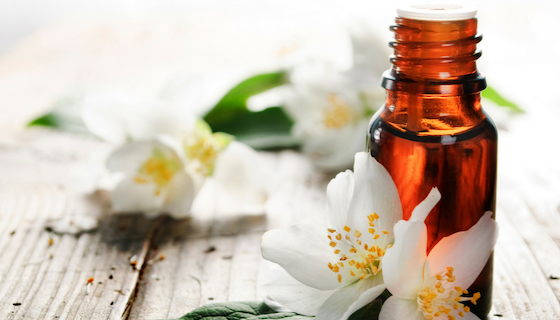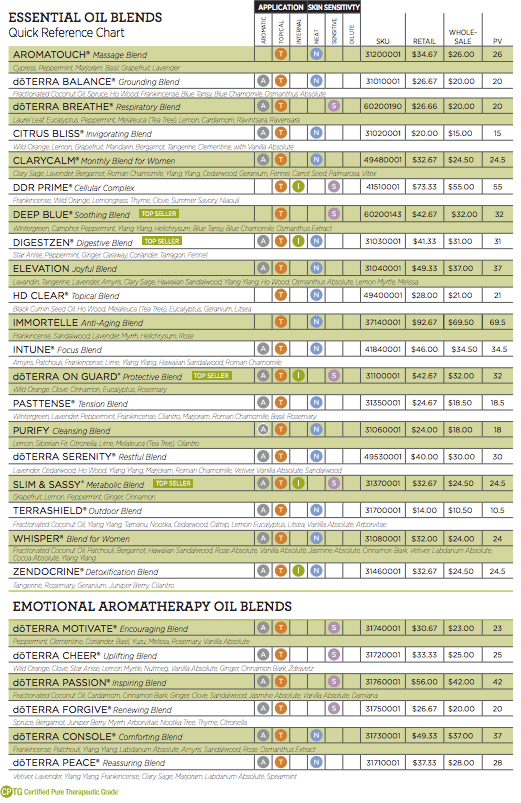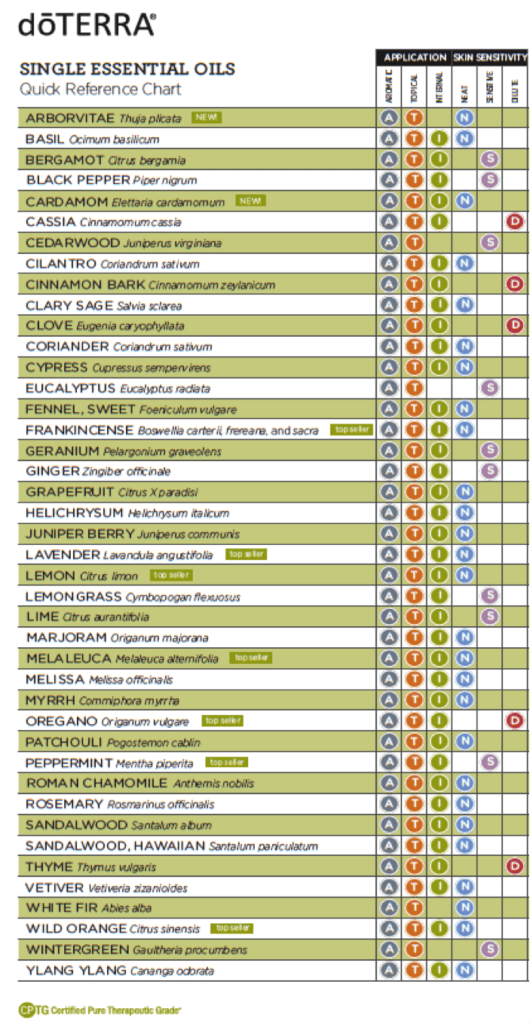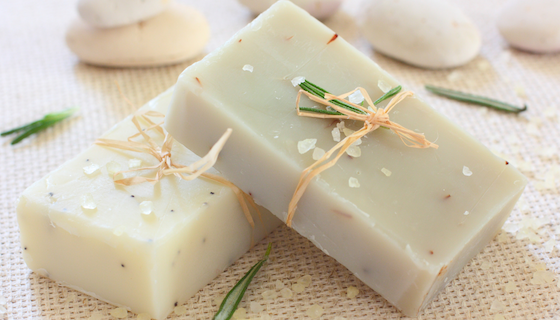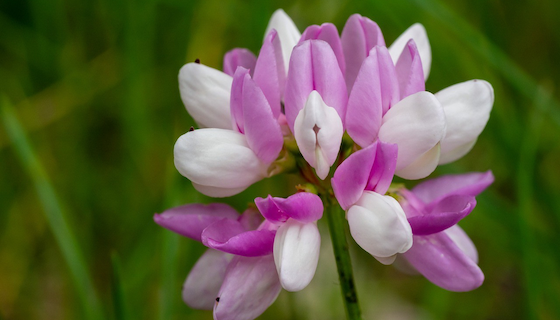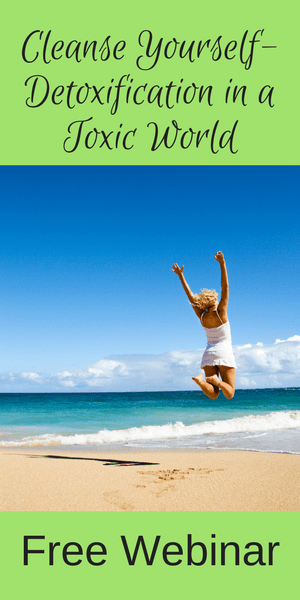Are Essential Oils Safe?
In case you missed part one, click here to read from the beginning.
Internal Use of Essential Oils
Internal consumption of Essential oils is a controversial topic with its proponents divided into two three camps of thought: (i) It is safe to ingest essential oils, (ii) essential oils can only be safely ingesting under the supervision of a licensed Aromatherapist, and, (iii) It is unsafe to ingest essential oils ever.
In her Essential Oil Safety document, Jacqueline Ritz, summarizes the debate and controversy of oral consumption well:
Essential Oils are not pills. They are liquid, oily fat soluble, volatile and fragrant gifts of the earth. The discussion about the safety and overall usefulness of ingesting has gone on for a long time.
While there are essential oils that are toxic when ingested, the question immediately arises: should, for example, authentic Lemon oil not be ingested just because adulterated essential oils may be toxic? In other words, limiting the discussion to a general “ingestion yes” or an “ingestion no” misses the point.
The questions that need to be answered are WHICH essential oils can be ingested and WHAT is the benefit? As seen in some previous posts, most drug interactions occur because of oral dosing (not usually topical) so be sure to check with your doctor on any drug interactions and essential oils.
Tisserand recommends that only practitioners who are qualified to diagnose, weigh risks and benefits, and have knowledge of essential oil pharmacology should prescribe essential oils for oral administration.
Schnaubelt argues that ingesting a drop of unadulterated essential oils is harmless, based on all his experience gathered in aromatherapy and from what is known about toxicity of quite a number of essential oils. He mentions that supervision by a licensed practitioner illustrates the “eager subordination of authors of conventional system” and this mindset contends that the conventional medical process is the gold standard (which we all know it is not).
SO USE YOUR BEST JUDGEMENT AND COMFORT AND DO YOUR OWN RESEARCH!!!!
To acquire the necessary degree of comfort and ease when using essential oils, we shall adopt a more relaxed attitude, trying to look through the many bogus warnings of nonexistent dangers, while cultivating awareness of a very short list of risks and safety concerns.
BEST METHOD OF INGESTING: In order to avoid gastric irritation, orally ingested essential oils should be placed in a enterically coated capsule that is stomach acid resistant. Also, the oil should first be diluted in a carrier oil and then placed inside the gel capsule with the appropriate amount of mixture. You will see many casual users discourage this suggestion, but for best practices, this is the preferred method.
HOW MUCH IS ENOUGH: All sources suggest that less is more when it comes to the internal use of essential oils. The daily range can be from 0.05-1.3ML (15-60 drops) in 24 hours for an ADULT. This would be given in 3-4 daily doses of 3-15 drops (Tisserand). Schnaubelt recommends 1-3 drops, with 1 drop being ideal.
***CHILDREN under 6 and/or less than 44lb (20kg) should not take essential oils internally.***
Ask Dr. Hill (March 2014)
 “Many essential oils are safe for internal use. Excluding this method of application would eliminate perhaps the most powerful mode of administration. The ever-expanding body of essential oil research continues to confirm the safety of internal application and validate its many therapeutic uses. …the incredible benefits that can be reaped when essential oils are used appropriately and safely. Some essential oils should not be used internally. An important part of using essential oils is regarding them on an individual basis, noting their specific chemistry, profile of therapeutic effects, and appropriate application methods. … As a physician, I too recognize that taking essential oils internally must not be regarded lightly. Because of their potent nature, it is important to use essential oils with the same level of caution and safety as any other drug or medication. But, when used mindfully, many essential oils can safely and effectively be administered internally.” Read the entire document here.
“Many essential oils are safe for internal use. Excluding this method of application would eliminate perhaps the most powerful mode of administration. The ever-expanding body of essential oil research continues to confirm the safety of internal application and validate its many therapeutic uses. …the incredible benefits that can be reaped when essential oils are used appropriately and safely. Some essential oils should not be used internally. An important part of using essential oils is regarding them on an individual basis, noting their specific chemistry, profile of therapeutic effects, and appropriate application methods. … As a physician, I too recognize that taking essential oils internally must not be regarded lightly. Because of their potent nature, it is important to use essential oils with the same level of caution and safety as any other drug or medication. But, when used mindfully, many essential oils can safely and effectively be administered internally.” Read the entire document here.
doTERRA Oils & Blends identified and Internal Use
To identify doTERRA oils that can be taken internally look for the dietary supplement facts on its label and/or refer to the quick reference chart below.
The “I” symbol indicates the oil can be taken internally.
Additional Cautions
- Consult your physician before ingesting essential oils if you are pregnant or under a doctor’s care or have other safety questions regarding essential oils
- Children under 10 should NEVER ingest essential oils
- Ingesting large doses of essential oils (15+ drops) per day or multiple times per day on a regular basis is ill-advised
As noted above, internal ingestion of oils should be done with caution and after familiarizing yourself with safe practices. It is advised that you rule out topical & aromatic uses of the oil prior to exploring ingestion.
The importance of doing your research and reading everything available on this topic cannot be stressed enough. Empower yourself to make an informed decision. If and when you do decide to use oils internally, remember that less is always more.
Essential Oils + Kids
Topic & Aromatic applications will be the most effective application method for children. Do not allow your children under age 6 to ingest oils.
Most common topical application area for oils are on the bottoms of the feet, back of neck, and/or spine. ALWAYS dilute oils before applying to children. Oils should be be diluted at .25-.5% for infants and children under 6 years, a 1% dilution can be used for children over 6 years of age (refer to Section 3: Diluting Essential Oils for details).
Skin patch test: Be sure to do the skin patch test on a small area of skin to see if the skin reacts prior to applying oil to larger areas of the body.
DO NOT apply essential oils on children’s faces or hands to avoid the oils getting into their eyes.
Store oils out of children’s reach. While a drop is not likely harmful to them, drinking an entire bottle would be lethal. Keep them in a safe place out of reach.
Never put oils in ears, eyes, or nose.
If putting an oil into the child’s bath, be sure to only use 1-3 drops and dilute them into a carrier oil or into epsom salts before adding to the bath water.
“ask Dr. Hill” (June 2014)
Among the greatest attributes of essential oils is that their safety and benefits extend to all members of the family—no one is excluded, even young children and infants. Because of their potency, you will find that essential oils are capable of offering immediate benefits and relief to your child. For the same reason, a very low dose is all that is needed to induce powerful therapeutic effects. Topical application is perhaps the most controlled method for administering essential oils to children because it allows for treatment of targeted concerns. Some oils can be sensitive to the skin and should be diluted with Fractionated Coconut Oil before applying topically. Another effective mode of administration is diffusion, which is simple to integrate into your family’s health regimen. Consistent use of essential oils is a safe yet effective method for your family’s health. More here.
Are Essential Oils Safe for My Kids? with Dr. Hill:
Essential Oil Dilutions for Children
Guidelines for Topical Use Only
Values have been rounded to whole drops
Carrier Oils: Fractionated coconut oil & pure vegetable oils- grapeseed, almond, avocado, etc. See Section 3 of this document for further details.
Dilutions will depend on what issues is being addressed,
what oil(s) you are using as well as age.
Reference: Tisserand Institute, Aromahead Institute,
American College of Healthcare Sciences & Life Holistically.com
Essential Oils + Pregnancy
Using Essential Oils During Pregnancy- Dr. Hill Video:
* Please consult your physician before using essential oils if you are pregnant or breastfeeding
Research & Resources on Essential Oil Use During Pregnancy
- Pregnancy Guidelines from the International Federation of Professional Aromatherapists
- Select “Pregnancy Safety“- National Association for Holistic Aromatherapy
- Book: Essential oils for Pregnancy, Birth & Babies– Stephanie Fritz (The Essential Midwife)
Note: The use of essential oils during pregnancy is a controversial topic and is not fully understood. Some proponents argue most essential oils are safe while pregnant, while others say that only a select few oils are safe. Some say to avoid essential oils completely while pregnant just to be cautious leaving consumers confused. There are benefits of using essential oils while pregnant, to relieve tension, aches, and stress and many women can attest to this.. With all this in mind, do your research, read, read, and read some more, and make the best informed decision for yourself.
ChildBirth
There is no evidence that any essential oils have adverse effects when used to ease pain or anxiety during childbirth.
Oils to be avoided one week before & after childbirth because they affect blood coagulation are:
- Birch (sweet)
- Wintergreen
Additional Oils to be avoided during pregnancy and childbirth are :
- Anise
- Anise Star
- Basil
- Cassia
- Cinnamon Bark
- Cinnamon Leaf
- Clove Bud
- Clove Leaf
- Fennel (bitter and sweet)
- Lavadin
- Myrtle
- Oregano
- Patchouli
- Ravensara bark
- Thyme
 |
 Login
Login